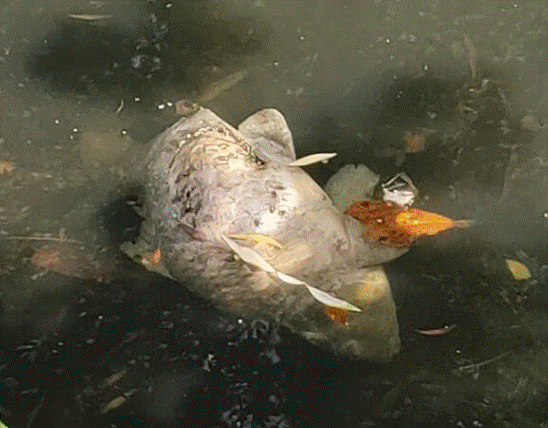NEW RIVER RENEWAL CAMPAIGN
CLEANING UP THE NEW RIVER
MAKING IT SAFE FOR WILDLIFE ... MAKING THE PATH SAFE FOR ALL ... BRINGING THE RIVER BACK TO LIFE
WHAT IS THE NEW RIVER
The NEW RIVER is an artificial waterway England opened in 1613 in order to supply London with fresh drinking water taken from the River Lea and from Chadwell Springs and, originally Amwell Springs, as well as other 'springs' and 'wells' along its course.
The River follows the land contours, but certain parts were straightened over the centuries. The New River in Hackney was, at one time, threatened with closure because Thames Water wanted to turn the Reservoirs into housing estates. They were saved by local campaigners who fought a fantastic campaign to keep the Reservoirs and the New River open and alive (Woodberry Down: How We Saved the Reservoirs by Emma Miller, WDCO, 2018).
There is a 28-mile walking route along parts of the New River, from its source in Hertfordshire to its original end in Islington. However, some sections of the path are closed to walkers, and some sections have been restored in the areas where the New River used to flow, e.g. the section from St. Paul's Road to the Islington Library has both a path and short river, which is topped up by Thames Water.
Once the New River arrives in Stoke Newington, it goes on a circular tour and returns to Coppermills in Walthamstow, where is it processed to become drinking water.
When the New River arrives in the final section by the Castle in Green Lanes, a dye is added to the water by the company that runs the West Reservoir. The New River then runs into the West Reservoir. The dye is used to prevent growth of blue-green algae and to make the water safer for swimmers. The dye also prevents the growth of plants on the river bed and gives the water a blue/green tinge.




